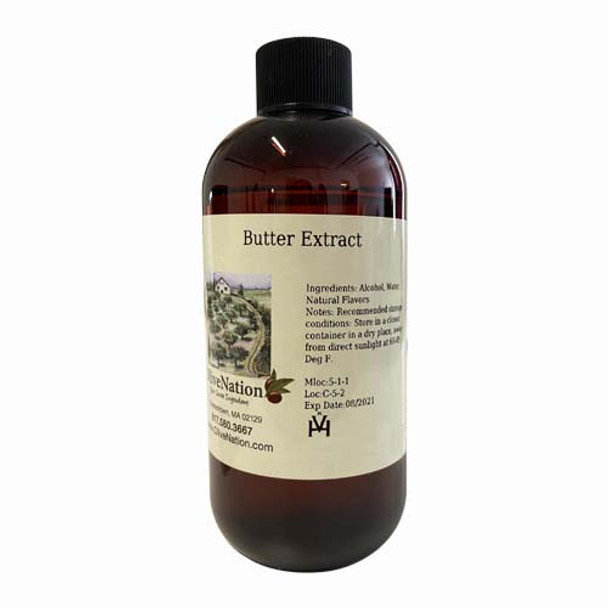This is something I've been thinking about for a while. It's more of an intellectual musing than a practical solution to a problem, but I believe there is something to be gained from sorting it out. I searched the forums and there is not much on the subject, just a mention of it here and there. So, here is the question:
Can Lactic Acid be added to a "flabby" wine to enhance taste, instead of - or in addition to - Tartaric Acid?
The taste profile of Lactic Acid is different than Tartaric. I think that in a wine that won't go through MLF for one reason or another, but needs some acid to bring it into balance, it may be beneficial to add Lactic Acid and create a smoother, buttery taste, than the harsher acidity of Tartaric that most likely won't integrate well when added after primary fermentation.
What do you guys think?
Can Lactic Acid be added to a "flabby" wine to enhance taste, instead of - or in addition to - Tartaric Acid?
The taste profile of Lactic Acid is different than Tartaric. I think that in a wine that won't go through MLF for one reason or another, but needs some acid to bring it into balance, it may be beneficial to add Lactic Acid and create a smoother, buttery taste, than the harsher acidity of Tartaric that most likely won't integrate well when added after primary fermentation.
What do you guys think?








![[Upgraded] 9Pcs Tree Root Growing Box with Drain Holes, Half Transparent Plant Rooting Propagation Ball & Metal Core Twist Ties, for Fast Propagation Plants (Size M)](https://m.media-amazon.com/images/I/514MWQxtWOL._SL500_.jpg)














































